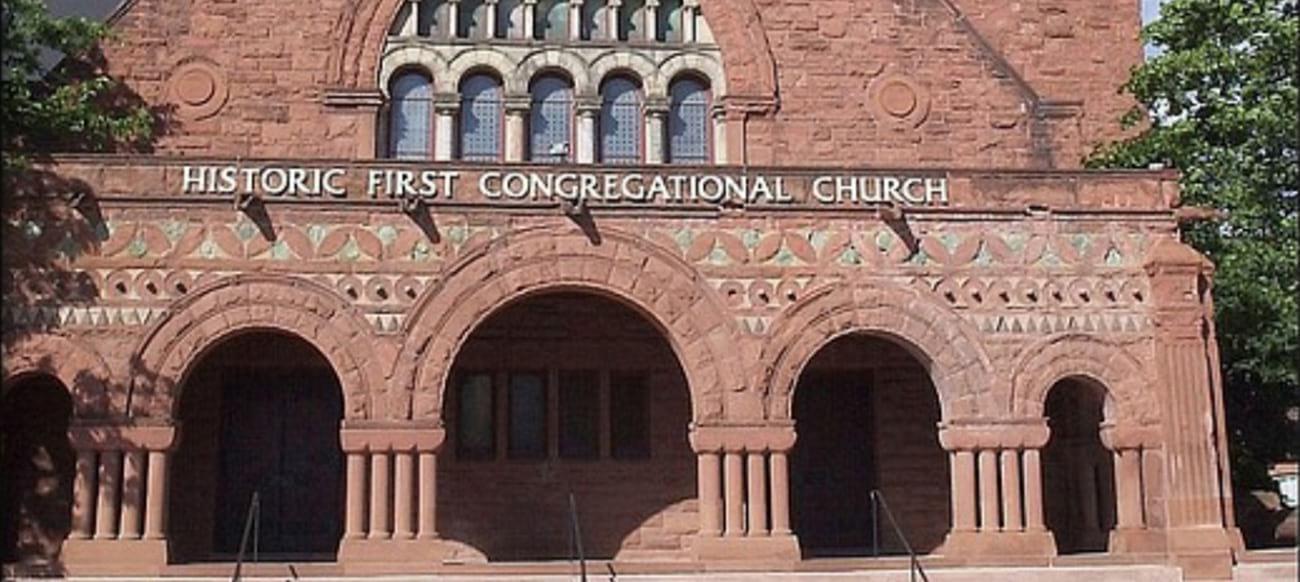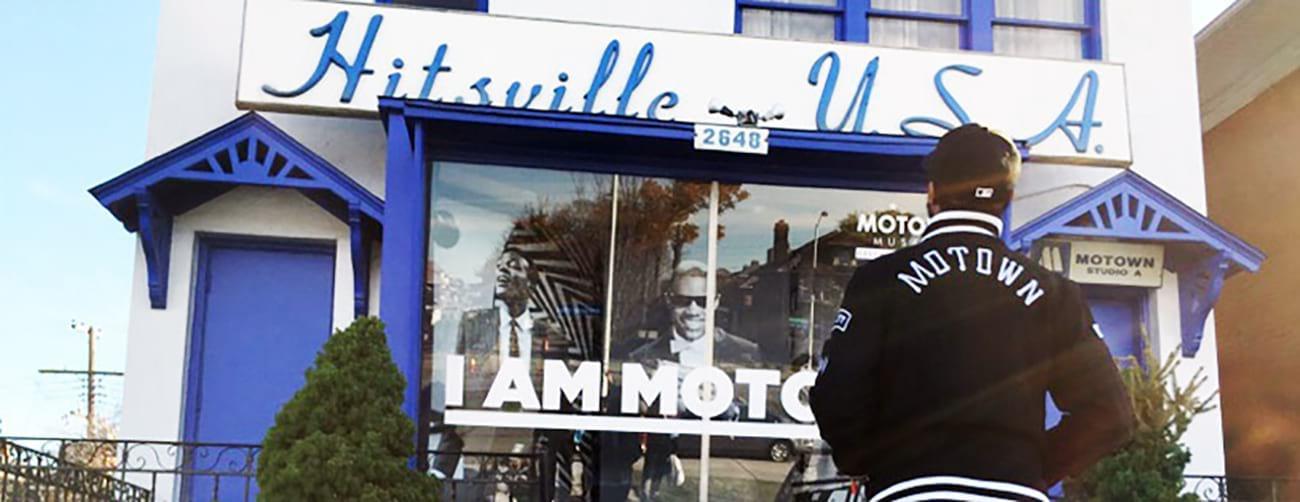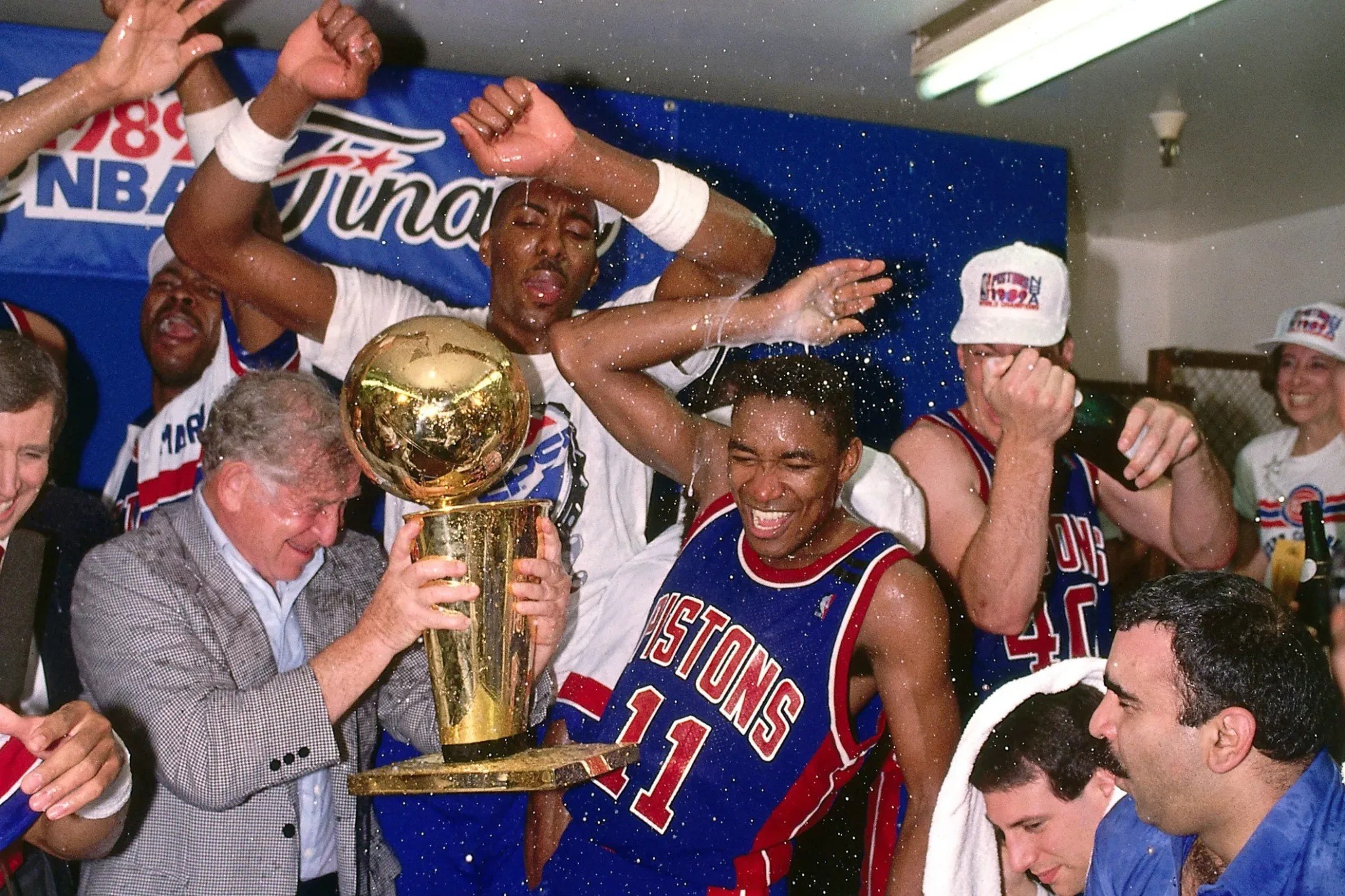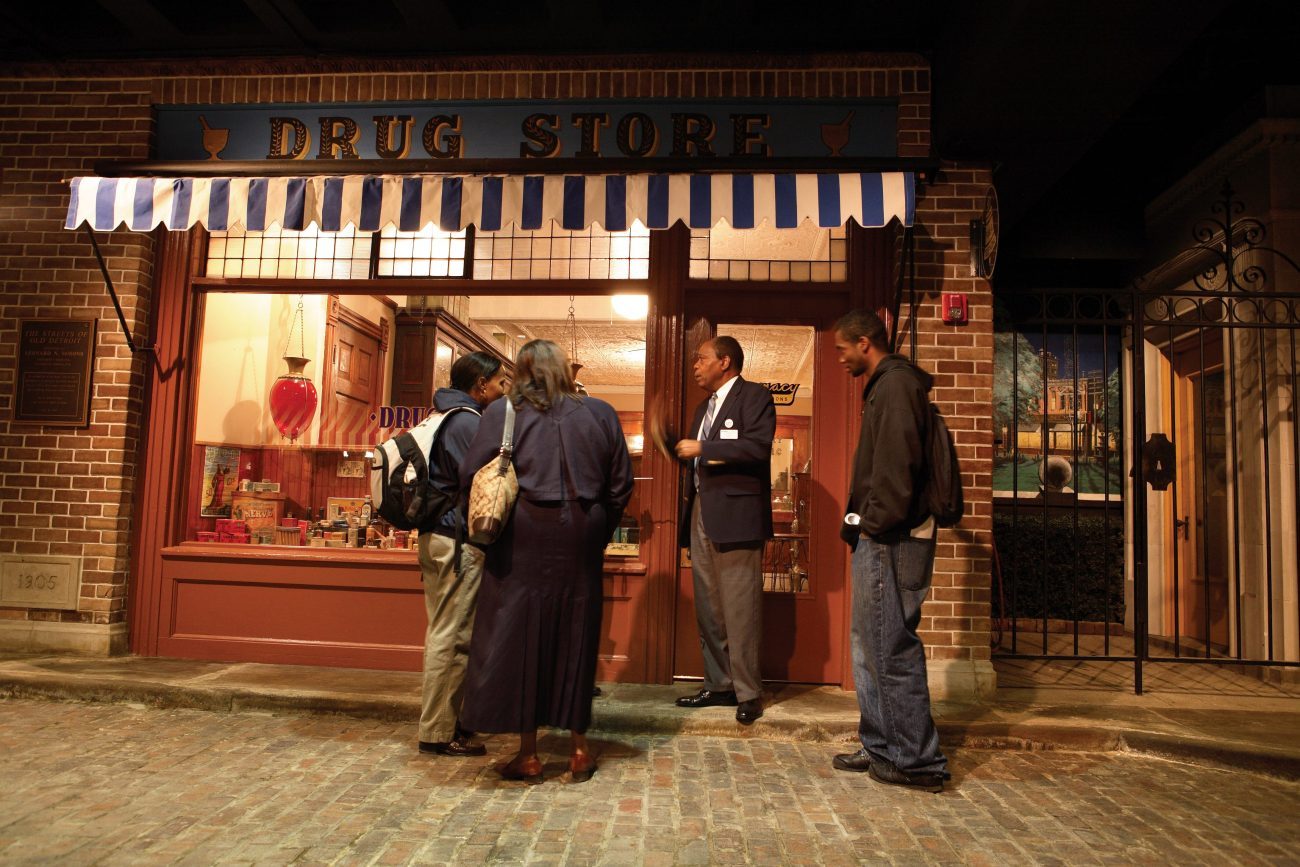Detroit Black History Facts & Figures
Story by Biba Adams
Historians note that Africans in America were in the Michigan territory including the area that we now know as Detroit as early as the 16th century.
Canadian historian Marcel Trudel found that both indigenous people and Africans were engaged in indentured servitude and forced enslavement in the territory for over a century.
As the Civil War approached Michigan was one of the states to abolish slavery and ultimately became an important part of the abolition network known as The Underground Railroad. As we've shared in a previous article "The Underground Railroad persisted for over 40 years until the end of the Civil War and the passing of the 13th Amendment, which made abolition official. The Underground Railroad consisted of about 3,000 members of various origins and denominations, who by 1861 helped 75,000 people find freedom–many of which escaped through Detroit."
The Great Migration began in 1916 and lasted until 1970. Many Black Detroiters arrived in the city from southern states searching for above-average pay at auto plants and other affiliated industries.
In her essay, "Migration has been a Thorn in the Historical Story of Detroit's Black Population," Emily Fisher noted that the Great Migration impacted Detroit more than any other city. "In real numbers, this meant just shy of 6,000 Black residents in 1910 and over 40,000 black residents by 1920. By 1970 Detroit had over 660,000 Black residents living within the city limits." The influx and subsequent bureaucratic issues like policing and redlining meant that Detroit was poised for "white flight" which led to most white Detroiters moving to suburban areas and leaving Detroit with a population that has been over 80% for decades.

The influx of Black people from so many different parts of the south (and even some other Northern cities and the Caribbean) also brought new culture and new sounds to the city--which led to the rise of The Motown Sound in the 1960s. Motown founder Berry Gordy wanted his artists to have a look and feel that allowed them to crossover to white audiences, but the artists also could not deny what was happening in their own hometowns and many other Black cities across America and songs like, "Dancing in the Street" and "What's Going On?" targeted social issues in America and created a voice for African-American people through their messages.

The 1970s and 80s presented challenges to the Detroit community. A major recession and a declining taxpaying population meant that schools were in decline and poverty was extreme and exacerbated by a rising crime rate, population decline, and blight.
1990s Detroit was the era of The Bad Boys. The NBA Championship wins by the Detroit Pistons in 1989 and 1990 were pivotal moments of pride for the beleaguered city. The rough style of play by the championship team was criticized by many and is still overlooked by even the most qualified of critics of the sports--but it fit perfectly with the national image of the city as a rough and tumble place. An image that would be nearly impossible to shake.

NBAE/Getty Images
By the dawn of the millennium, Detroit was on an upswing. Tax credits incentivized the movie industry in the city and Detroiters enjoyed several years of being a hot spot for Hollywood with movies like Transformers being filmed in the city.
Further, Eminem broke open the city's hip-hop music scene attracting visitors and fans of the genre to the city which was immortalized in his semi-autobiographical movie, 8 Mile. The movie spoke to the issues of racial division--this time as a young, white man tried to come back into the city and into a culture that was almost entirely Black. The film broke box office records and continues to resonate with audiences more than 20 years later.
Detroit's Black History is largely the story of American history. It is a story of growth, resilience and reconciliation. Celebrate the history of Detroit at any of the great events still happening this month around town and by visiting one of the outstanding museums that honor the city's rich history and culture.

Detroit Historical Museum, Bill Bowen
You May Also Like
Black Bottom was a predominantly Black neighborhood in Detroit, Michigan demolished for redevelopment in the…
StudyBreaks.com says that Black-owned bookstores are “often essential community institutions” whose survival is more important…
It’s no secret – Detroit has played a special and pivotal role in some of…





